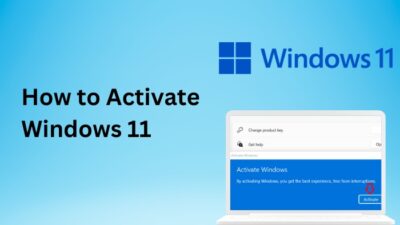Whenever you connect your iPhone or iPad with iTunes, it automatically starts scanning and backs up your device data.
Unfortunately, this process takes longer to complete; moreover, you do not even need to sync your data every time. So, is not it an absolute time-killing task to endure the entire process of data backup on iTunes? Are you annoyed and concerned about any way out?
No worries. I am right there to help you. As an Apple power user, I used to get bothered facing similar situations. After minutely researching this, I gathered several simple ways to turn off the automatic backup of iTunes. Let’s see those in detail.
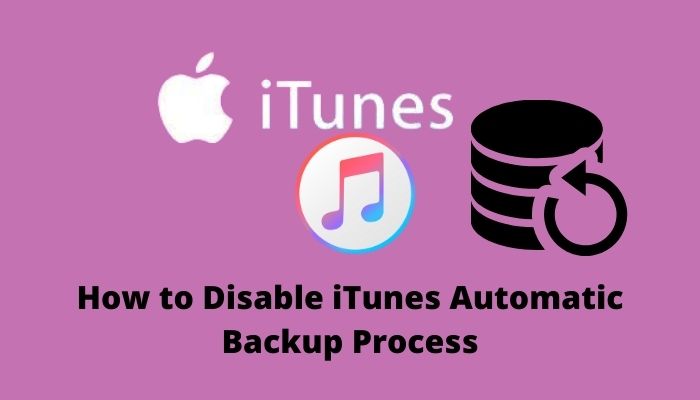
So, keep reading. Please, do not skip any section. With a thorough reading, I think you will be able to vanish all your doubts.
Why Do you Need to Disable iTunes Auto-Backup?
First of all, there is nothing wrong with backing up your device data. You never know when your device crashes, or you lose the data out of the blue. Therefore, it is an excellent aspect of iTunes to back up your data automatically.
But, there is one single issue. The automatic backup process takes quite a long, and if you logically think, it is not necessary every time to update your data when you log in to iTunes on your iPad or iPhone. That’s why a halt on automatic backup is a popular demand of users. Some other reasons are working behind by influencing you to disable auto sync of iTunes.
- You are in a hurry to access something on your device. However, the scanning and the syncing process takes too long, and thus, you are not allowed to operate your device until the process ends.
- Shortly you backed up all the data on your device, and you do not need to have any further backup.
- Your storage space is limited; mind it. Hence, you do not want to store all the extensive data, files, and documents in iTunes.
Because of the facts mentioned above, users prefer to control the backup of iTunes manually. And, that is the ultimate solution.
How to Turn off Automatic Backup on iTunes
If you set up your mind to stop the hassling syncing or to regulate it of your own, turn off the option that allows automatic backup of images and videos on iTunes. I have accrued a couple of methods, and all of that aim to disable iTunes’ repeated backup. Let’s go through the techniques.
Here are the approaches to turn off the automatic backup of iTunes:
1. Enable the Prevent iPhone from syncing option
It is the primary strategy anyone can grasp to disable iTunes’ auto-sync. Simply check the option Prevent iPhone from syncing automatically on your iTunes. Through this, you can flexibly bypass the backup procedure on iTunes. To do this, follow the steps below.
Here are the steps to disable the auto-sync option:
- Launch the iTunes application on your desktop.
- Connect iPhone to the Mac computer via a USB cable.
- Go to iTunes.
- Navigate to Edit from the menu bar, and click on it. A drop-down will come up.
- Click on Preferences. A dialog box named Devices Preferences will pop up.
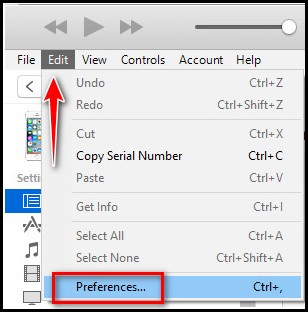
- Tap on the Device icon in the preference interface. You will locate it next to the Advanced gear wheel.
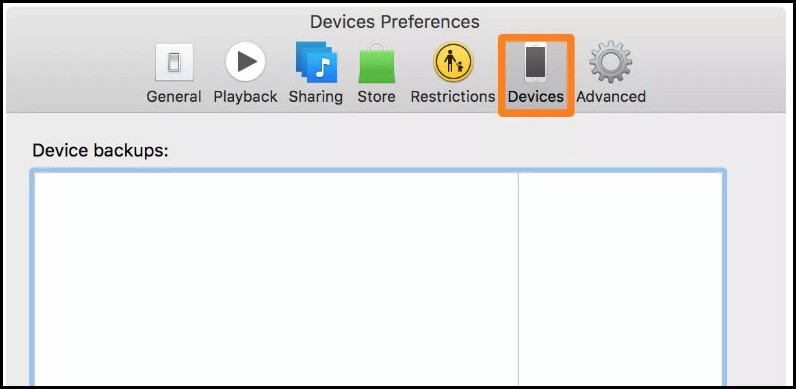
- Check the box entitled Prevent iPods, iPhones, and iPads from syncing automatically. It is at the bottom of the window.
- Hit the OK button at the bottom right.
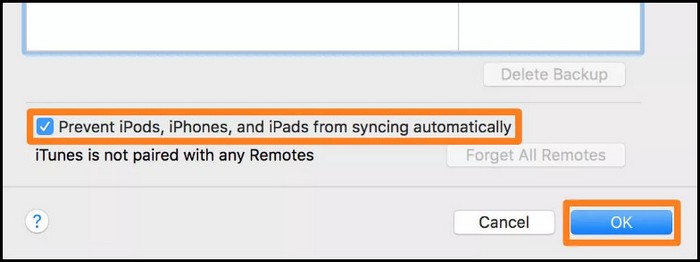
Now, check iTunes if it takes automatic sync further.
2. Use iCloud to stop auto backup
iCloud can be a weapon to handle the issue of iTunes’ automatic backup. The steps are also handy and smooth to perform.
Here are the steps to prevent repetitive sync on iTunes:
- Connect your iPhone or iPad to your Mac computer.
- Launch the iTunes application there.
- Tap on the Device icon. You can locate it just below the menu bar at the top. iTunes will show you a glimpse of your device.
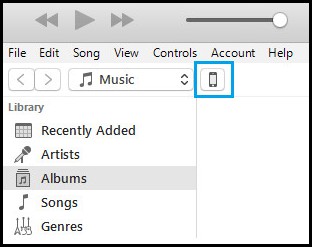
- Choose Summary from the left pane.
- Click on iCloud from the Backups section.
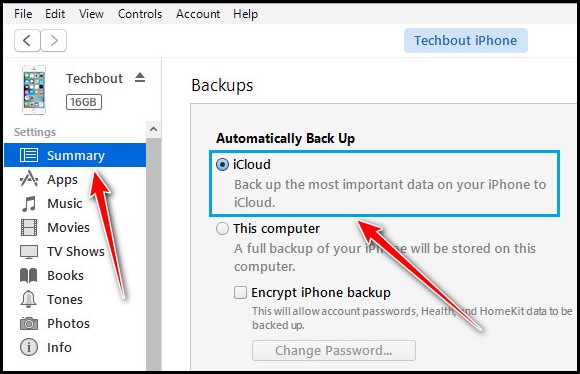
- Press the Done button at the bottom right.
- Click on Apply if any further pop-up window appears.
This way, you successfully finished the process. Therefore, you should no longer wait for the automatic sync to be completed.
3. Use Command to disable iTunes backup process
It is a bit different to stop iTunes automatic backup on Windows compared to Mac. But, I will show you how to do so on both platforms. You just need to put a small command on the prompt. So, go through the steps I enlist below:
Here are the steps to disable iTunes automatic backup using commands:
Windows:
- Close the iTunes application.
- Open the Run prompt. You may use the shortcut of Windows+R.
- Type the following command on the prompt.
- For 32-bit, C:\Program Files (x86)\iTunes\iTunes.exe /setPrefInt DeviceBackupsDisabled 1
- For 64-bit, C:\Program Files\iTunes\iTunes.exe /setPrefInt DeviceBackupsDisabled 1
- Hit Enter to end the process.
Definitely, your iTunes will stop automatic syncing whenever you connect it with devices. If you want to activate it, follow the steps accordingly. Just in the command, put 0 in replace of 1. iTunes will again start backing you up.
macOS:
- Close iTunes.
- Launch Terminal on your computer from the Utilities folder.
- Type the following command on the terminal- defaults write com.apple.iTunes DeviceBackupsDisabled -bool true
- Press Enter.
When you need to enable backups, use the terminal command stated below.
defaults write com.apple.iTunes DeviceBackupsDisabled -bool false
4. Temporarily stop the backup process in iTunes
This is the last resort if you fail to implement the previous methods successfully. You can even stop or halt the iTunes auto-syncing instantly. Believe me; it is child’s play. So, let’s get into detail.
Here are the steps to stop the iTunes backup temporarily:
- Locate the Process bar at the top, where backup progress is shown. At the left of the bar, you will find a loading icon that ultimately indicates syncing.

- Wait until a cross symbol appears on the icon.

- Click on it to completely stop or close it for that time.
This way, you can instantly stop the process. For a permanent solution, follow the previous three methods I stated above.
Wrap Up
To summarize, the abrupt backup issue of iTunes is typical. This is the mere problem users make grievances for. Otherwise, iTunes tops the list of widely used applications. Just follow the steps carefully as I noted down for you. I firmly believe your problem will dissolve in 2 minutes.
If still your iTunes initiates syncing automatically, contact the iTunes help center. They will help you with the best they can afford. You can also write to me, and I will try to get back to you within the shortest possible time.
Was this article helpful? If yes, share it with your peers. Make comments in the box below, and write the topics you want me to make the content of.

